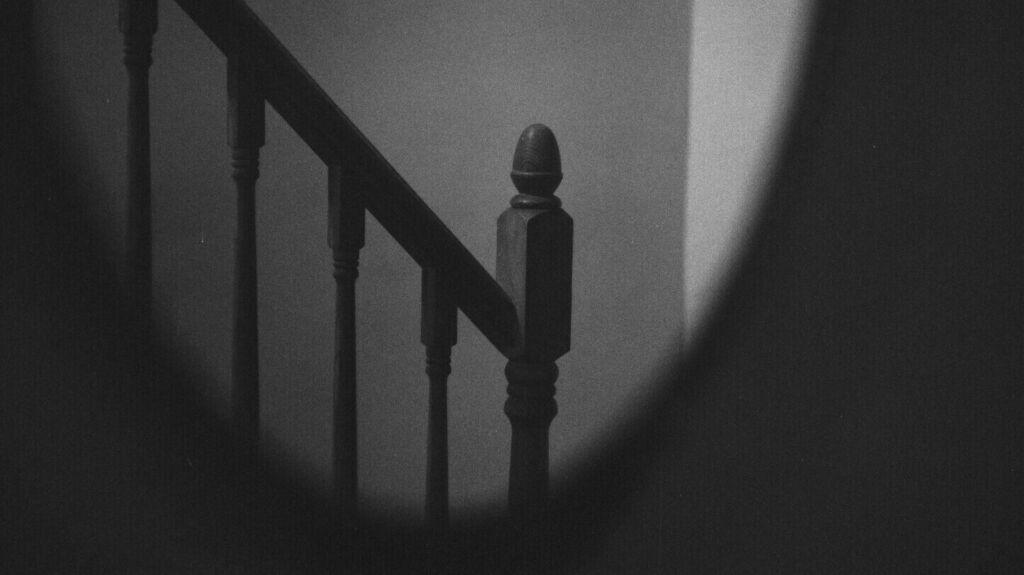
A Place without Fear
Through a non-linear, abstract and surreal form of storytelling the film ‘A Place without Fear’ follows a protagonist through a labyrinth of physical and emotional situations, set in a house which acts as both the set for the story and a metaphor for the mind. Within the confines of the building the girl encounters a variety of mystical creatures and landscapes, representing her inner struggles and fears, taking on physical forms that challenge her perception of self. As she interacts with these creatures, she discovers that she can either succumb to her own vulnerabilities or turn them into a source of empowerment, giving her the choice to take charge of her own destiny and to reverse her role from victim to perpetrator. Throughout her journey, the protagonist is faced with a series of choices, represented by crossing thresholds and scenarios that continuously unfold as if in a loop, each holding its own set of challenges and revelations. As she proceeds from room to room, each inhabited by different characters, the girl undergoes a metamorphosis, evolving both physically and mentally. She is forced to confront her deepest fears and the duality within herself, ultimately facing the dilemma of surrendering to the darkness or embracing the light. Many parts of the film were created in an abandoned house in Detroit, with the whole site serving as a canvas, physically interacting by stop-motion painting in succession over the walls, floors, ceilings, furniture and stairs. The techniques used in the film are a mix of analogue and digital: actual painting in the house, digital rendering and avatars, stop motion painting, drawing and collaging, with the majority created in Detroit and subsequent scenes finalised in London. The original score is composed by Susanne Deeken in collaboration with experimental and jazz musicians from Detroit.
